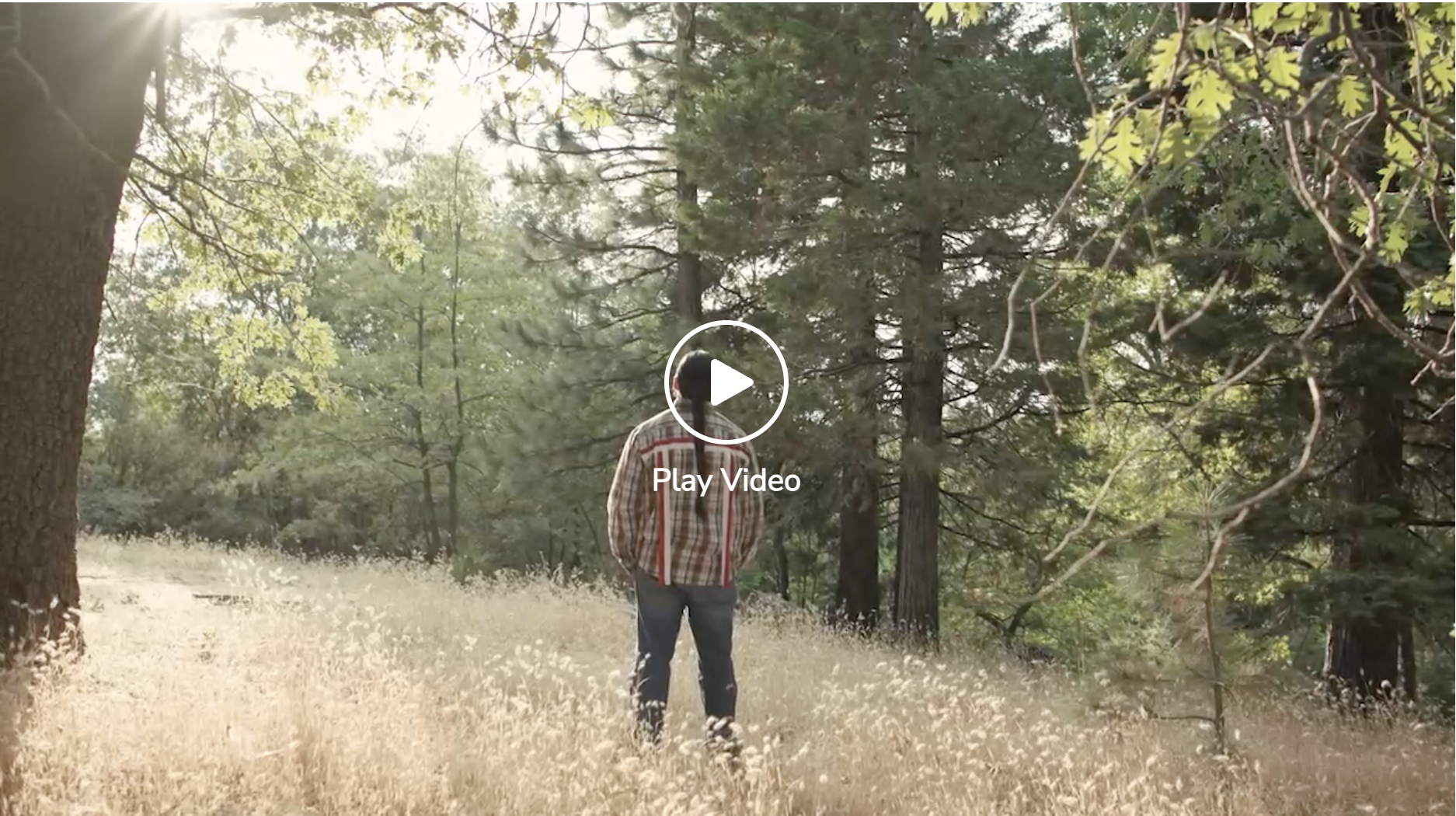New condo project, $2M in housing funding, and holiday events
Redlands News Weekly: December 5, 2025
Learn why the Tribe is turning to its roots, reclaiming its original name and what that means for its identity moving forward.

HIGHLAND, Calif. — The San Manuel Band of Mission Indians has formally reclaimed its ancestral name, now identifying as the Yuhaaviatam of San Manuel Nation, tribal leaders announced last month.
The name Yuhaaviatam — pronounced yu-HAH-vee-ah-tahm — means “People of the Pines” and reflects the tribe’s historic and spiritual connection to the San Bernardino highlands, valleys, mountains and surrounding landscapes.
The change follows the adoption of a new tribal constitution and marks a significant return to the community’s pre-colonial identity.
Before Spanish settlement and U.S. colonization, the tribe was known as the Yuhaaviatam Clan of the Maara’yam. The federally imposed name “San Manuel Band of Mission Indians” originated in 1891 and reflected an era of colonization and displacement.
“A name is more than just a title or label — it is a proud connection to our identity, our history and our traditions,” said Lynn Valbuena, chairwoman of the Yuhaaviatam of San Manuel Nation Tribal Council, in an April 16 press release. “The name Yuhaaviatam of San Manuel Nation is not only how our nation will be known, but a symbol of the enduring legacy passed down through generations. This name is rooted in our spoken language, deeply embedded in our heritage, and carries the wisdom and resilience of our ancestors.”
In recent years, the tribe has taken steps to reintroduce the Serrano language and identity into public spaces. In 2021, it renamed its flagship enterprise Yaamava’ Resort & Casino, using the Serrano word for “spring” to reflect renewal and growth.
he Yuhaaviatam of San Manuel Nation are descendants of the Maara’yam (Serrano) people and trace their origins to the pine-covered are of Yuhaac in the San Bernardino Mountains, near present-day Baldwin Lake in Big Bear.
According to the Tribe's history, the California mission system brought devastation to the Maara’yam, including the Yuhaaviatam Clan, beginning in the 1700s, as thousands were killed or forced into servitude under Spanish rule. Many were taken from the Antelope Valley, Mojave River and Inland Empire to the San Gabriel Mission, with outposts like the 1819 Asistencia in Redlands relying on Maara’yam labor for infrastructure projects such as the Mill Creek Zanja.
As settlers expanded during the Gold Rush, Indigenous people faced increasing violence. In 1866, a San Bernardino militia massacre forced the Yuhaaviatam to flee their Big Bear homelands. Led by Santos Manuel, the few survivors resettled in the San Bernardino Valley and were eventually granted a reservation in 1891. Despite continued federal oversight, the Tribe fought to preserve its culture and regain its sovereignty, which was formally restored under the 1975 Indian Self-Determination and Education Assistance Act.
The emergence of tribal gaming in the 1980s laid the groundwork for economic strength and expanded self-governance.
Tribal leaders say name reclamation is both symbolic and practical — a way to honor ancestors, recognize tribal history and celebrate sovereignty.
The Yuhaaviatam are one of several tribes across the country reclaiming their original names and places. In Southern California, the Pechanga Band of Indians formally dropped “Luiseño” from its name in 2022. In Northern California, the Yurok Tribe renamed the Chah-pekw’ O’ Ket’-toh (Stone Lagoon) Visitor Center, the first tribally operated visitor center in the state park system.
In 2024, the Kaw Nation, banished to Oklahoma 150 years ago, reclaimed a sacred boulder in Kansas. In 2018, the Dakota Tribe reclaimed the name Bde Maka Ska (meaning “White Earth Lake” in Dakota) for the lake formerly called Lake Calhoun.
The Yuhaaviatam of San Manuel Nation remains based on the San Manuel Indian Reservation near Highland and continues to serve as a regional leader and philanthropic partner. The tribe emphasizes its ongoing commitment to governance, infrastructure and social development for tribal citizens, while maintaining its role in the broader San Bernardino community.
For more information, visit https://sanmanuel-nsn.gov/anamehaspower

Sign up for our weekly newsletter